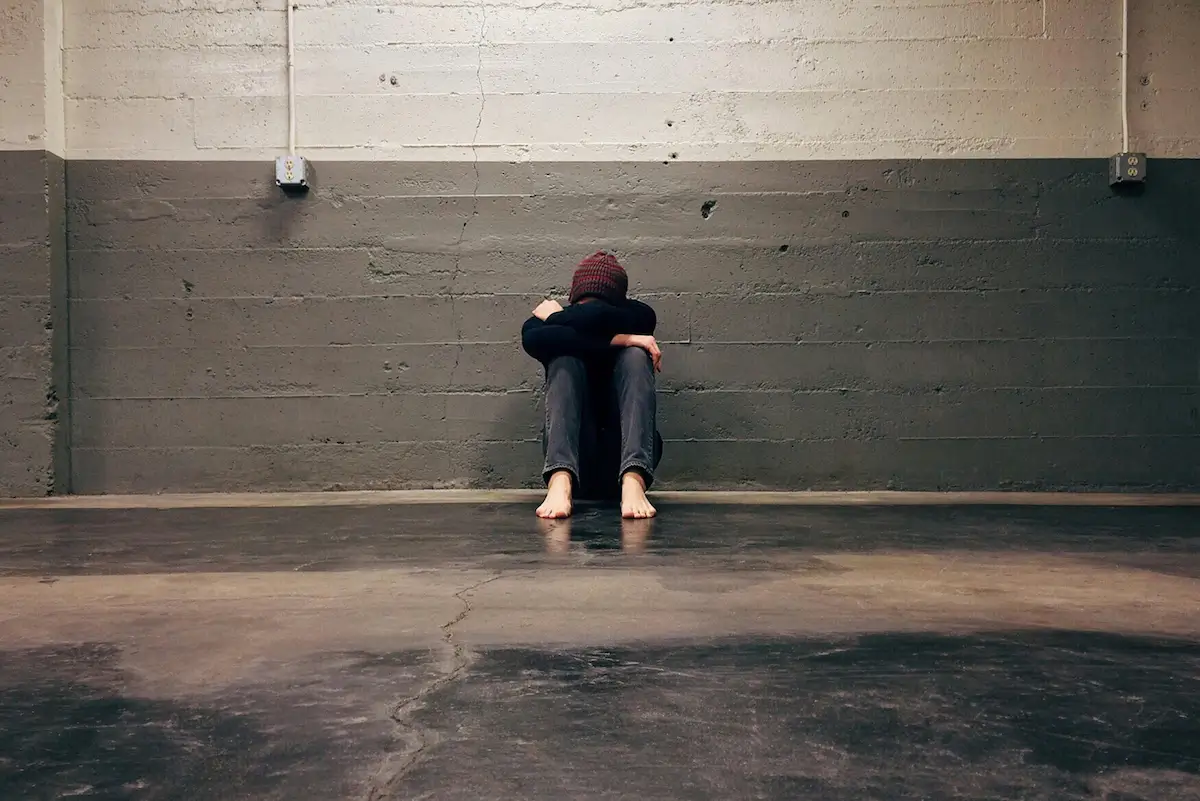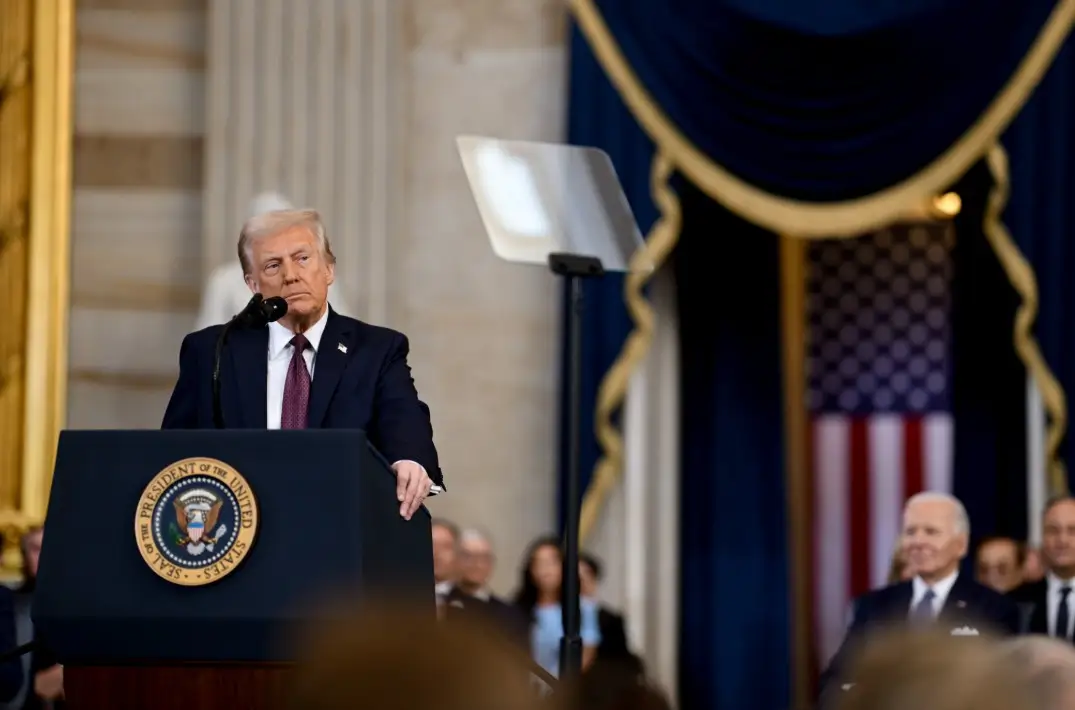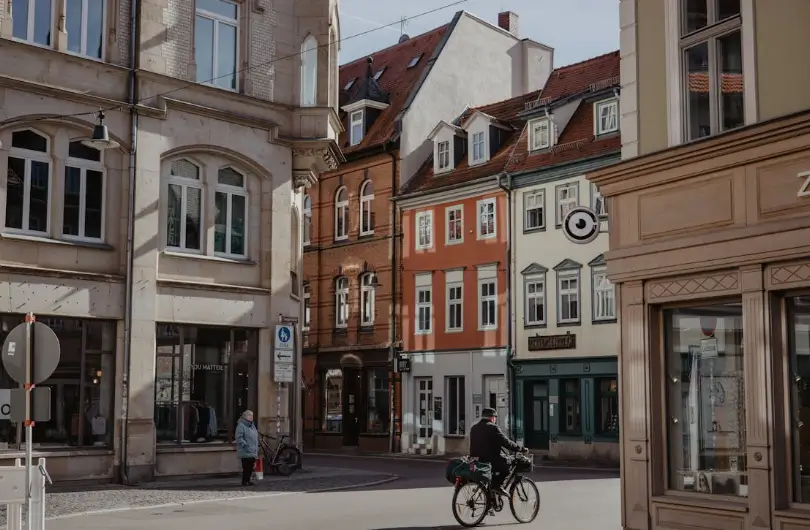The Real Reason Public Transit Feels Broken
Public transit often gets a bad rap. It's delayed, underfunded, inconvenient, and in many places, barely exists at all. Riders are frustrated, would-be riders stay in their cars, and transit systems seem stuck in a everlasting cycle of decline. So what’s really going on? Why does public transit feel like it never works the way it should?
It’s easy to blame transit agencies or the buses themselves. But the truth goes deeper. Public transit feels broken because we’ve built our cities in ways that make transit almost impossible to succeed.
It’s Not the Bus. It’s the Land Use.
At the heart of the issue is land use. Transit needs people, lots of them, living, working, and playing close together (Live, Work, and Play anyone?) But decades of car-centric planning have spread us out. Things like Single-family zoning, wide arterial roads, and disconnected subdivisions make it hard for buses or trains to efficiently serve most areas.
A 40-foot bus isn’t the problem. The problem is that it’s crawling down empty streets, making stops in neighborhoods where almost nobody walks to transit because everything is designed around the car.
We Built for Cars, Then Blamed Transit for Failing
Most American cities have spent the past 70 years designing streets and neighborhoods to move cars, not people. We’ve widened roads, added parking requirements, and separated homes from jobs and shops and then we have the odasity to act surprised when transit doesn't feel viable.
But it was never given a fair shot.
Transit thrives in places where land uses are mixed, walkable, and dense enough to support frequent service. In other words, you need a lot of people living in relatively close quarters who are trying to get to places that are just far enough away that walking isn’t practical, but close enough that a car isn’t the only option. Transit works best when trips are short, frequent, and in demand, like commuting to work, running errands, or getting to school within a few miles. But in much of the U.S., zoning and development codes have made that kind of environment illegal or extremely difficult to build.
Underfunding Is a Symptom, Not the Cause
Yes, transit needs more funding. But funding alone won't fix a system built around the wrong assumptions. If your routes are forced to cover sprawled-out development with low ridership, no amount of cash will make them efficient or reliable. We need to invest in transit, but we also need to make land use and street design decisions that support it.
We Need to Stop Planning Transit Like an Afterthought
Public transit can be fast, reliable, and even enjoyable, but only if we stop treating it like a side project. We need to plan our cities around transit, not squeeze transit into a city built for cars. That means:
- Changing zoning codes to allow more housing and jobs near transit
- Prioritizing walkability and bike access to transit stops
- Designing streets for people, not just vehicles
- Building dense, mixed-use neighborhoods that make transit viable by design
Some Cities Are Getting It Right
The good news is that not all cities have left transit behind. Some are actively reshaping land use around their transit investments and seeing surprising results. Take Arlington, Virginia, for example. Instead of scattering density across the city, Arlington concentrated most of its new development along the Rosslyn-Ballston Metro corridor. The result? A series of vibrant, walkable neighborhoods with high transit ridership and strong local economies without displacing the surrounding single-family areas.
Other cities like Minneapolis, Portland, and Seattle have also taken steps to align land use with transit investments, allowing for more housing near transit stops, reducing parking requirements, and improving bike and pedestrian access. These decisions may seem small, but they add up to a more usable, reliable, and sustainable system.
Final Thoughts
Public transit isn’t broken. It’s just been starved and sidelined by decades of policies that never gave it a chance. If we want better transit, we have to stop asking transit to fix land use problems and start building communities that make transit work.
Portland has done an awesome job supporting their transit system. Read more about Portlan's transit efforts here.
%20(1200%20x%20237%20px)%20(300%20x%2059%20px).webp)
%20(3).webp)

.webp)


